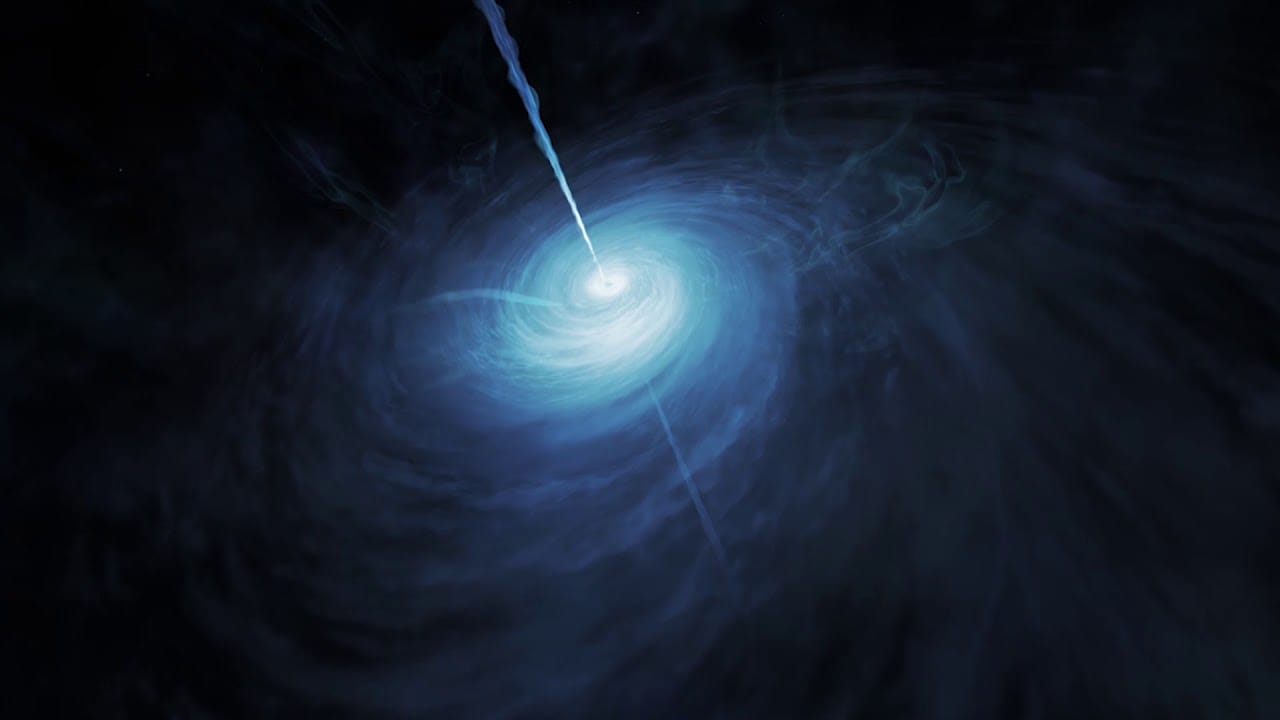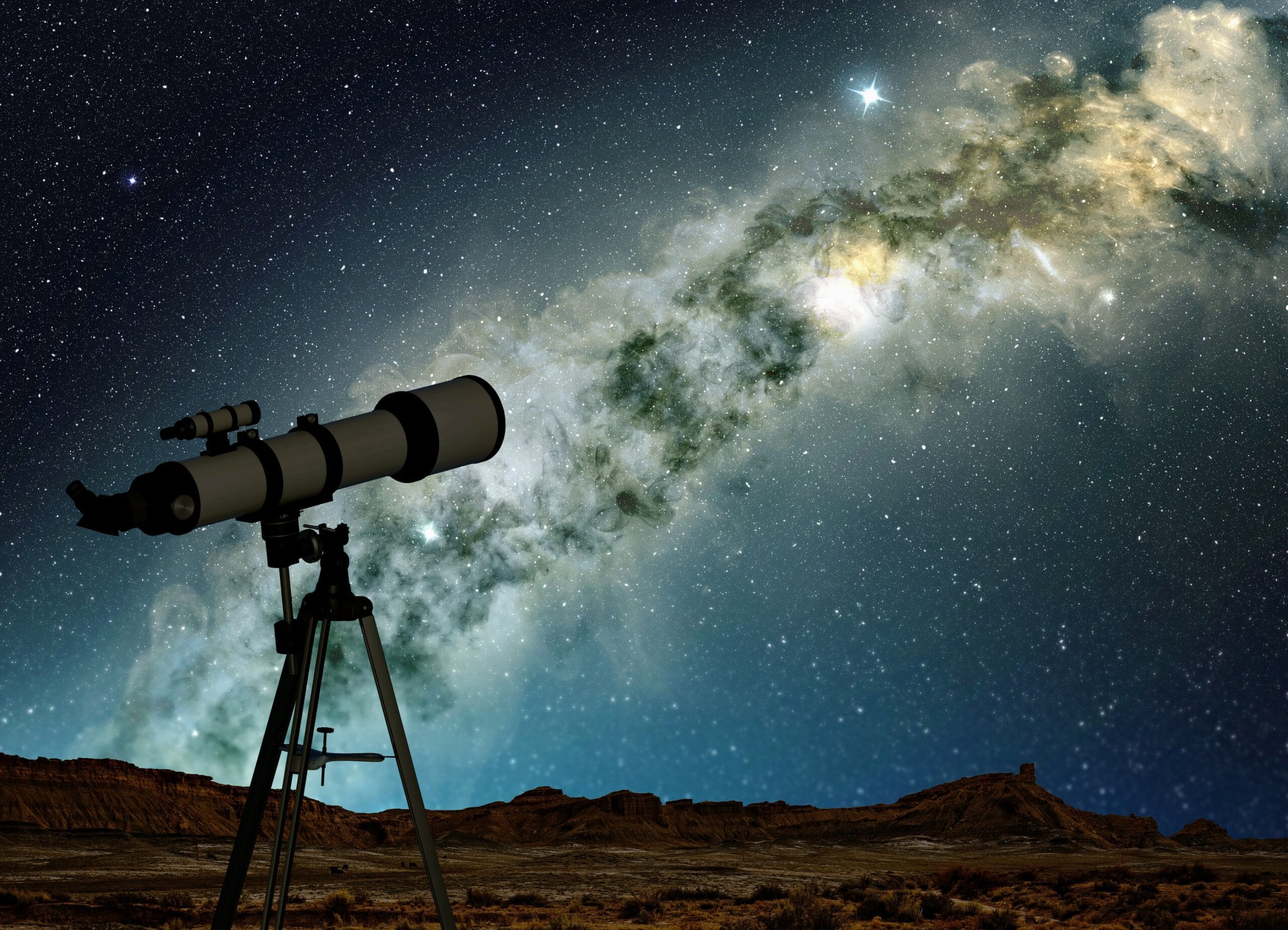Space continues to baffle and inspire curiosity among scientists and enthusiasts alike. In a groundbreaking astronomical observation, the European Space Agency’s Euclid telescope unveiled one of the most dazzling features of modern astronomy—a rare Einstein ring, captured in startling clarity. Einstein rings are a visual manifestation of a cosmic phenomenon called gravitational lensing, where massive astronomical objects bend and magnify light from distant sources situated in perfect alignment behind them. This discovery shines light, quite literally, on the precision and intrigue of Albert Einstein’s general theory of relativity.
Einstein rings are rare due to the unique alignment required between the distant light source, the intermediary massive object, and the observer. The Euclid telescope’s capturing of this phenomenon is significant not only for its rarity but also for the detailed imagery it has provided. The data captured during Euclid’s mission reveals an almost perfectly symmetrical ring of light surrounding the foreground galaxy, a testament to the delicate interplay of cosmic entities billions of light-years away.
The Euclid telescope, launched on July 1, 2023, was primarily designed to study the dark universe, particularly dark energy and dark matter. Its primary objective is to map billions of galaxies spanning over a third of the sky to better understand the expansion of the universe. However, the discovery of Einstein rings exemplifies the exciting, serendipitous outcomes that arise from such ambitious missions. Captured in September of the same year as part of its early testing phase, this observation was a scientific jackpot from a tool initially intended for slightly different aims.
The location where this Einstein ring was spotted is particularly compelling. The light ringed around the familiar galaxy NGC 6505 is sourced from a galaxy hidden behind it—the perfect alignment compresses the light into the ring observed. Situated approximately 590 million light-years from Earth, NGC 6505 serves as a natural gravitational lens, offering a rare celestial occurrence that offers deeper insight into the large-scale structure of the universe.
Understanding gravitational lensing isn’t merely about visual feasts. Studying Einstein rings provides astronomers ways to calculate the mass of the lensing galaxies, shedding light on both the stars visible within them and the unseen but omnipresent dark matter. As light bends around the intermediary objects due to their gravitational pull, the attributes of the lensing effect yield unparalleled data, which aids scientists in constructing models about the makeup and evolution of the universe.
The discovery of Einstein rings has significant implications across astrophysical disciplines. By closely analyzing gravitationally lensed images, scientists can probe the nature and distribution of dark matter, a mysterious component that constitutes a significant chunk of our universe’s mass-energy composition. As dark matter continues to elude direct detection, its indirect observation via gravitational lens studies solidifies its role in contemporary cosmological theories.
In addition to fueling cosmological insights, Einstein rings are pivotal in computing the Hubble constant, the rate at which the universe is expanding. They’re particularly necessary in resolving existing tensions between various methods of calculating this constant—be it using the cosmic microwave background, the universe’s oldest light, or measurements from nearby supernovae. The clarity of the Einstein ring captured by Euclid thus becomes not just a visual triumph but also a mathematical beacon helping disentangle deep cosmic puzzles.
The rarity of an Einstein ring cannot be overstated. While incomplete arcs or imperfections are occasionally observed due to slight deviations in alignment, the Euclid telescope was lucky enough to stumble upon an impeccable formation. Scientists emphasize that challenges involved in measuring the intricacies of these rings often depend on how perfectly they replicate theoretical models of gravitational lensing.
This newfound Einstein ring also underscores the role of international collaborations in advancing astrophysics. The Euclid consortium, comprising research institutions from across the globe, showcases how pooling resources and expertise contributes to otherwise impossible achievements. In addition, mission support from NASA and utilization of telescopes like the James Webb and Hubble for complementary observations symbolize humanity’s collective quest for knowledge.
As eye-catching as Einstein rings are, their capture wouldn’t have been possible without technological strides. The state-of-the-art instruments aboard Euclid push the boundaries of photometric imaging and spectroscopy. These instruments are capable of measuring extremely faint distortions in galaxy shapes caused by dark matter—an ability also exquisitely tailored for identifying gravitational lenses.
This discovery emphasizes how scientific missions, initially set out to solve designated questions, often stumble upon random strokes of inspiration—or in this case, rings of it. It serves as a reminder that while humanity’s reach in cosmic ventures has expanded exponentially, each discovery simultaneously reveals how much we’ve yet to uncover.
The Euclid mission now inches forward, not just with increased ambitions in its dark matter and dark energy studies but with a renewed appreciation for serendipity. The scientific community awaits more from its worn lens on the sky, which might unveil further cosmic potpourris that redraw our understanding of existence.
As the Einstein ring continues to mesmerize researchers, its existence is proof of the complex and beautiful tapestry of spacetime. Each light trace encapsulates the universe’s capacity for creating visually and intellectually phenomenal scenarios. For astronomers, enthusiasts, and visionaries, discoveries like these reinforce that the quest to explore the universe isn’t merely about answering questions—it is about fostering awe.



